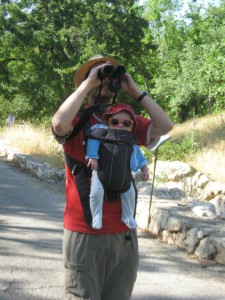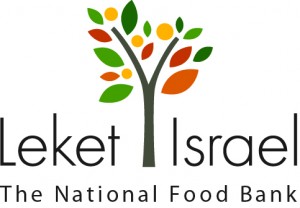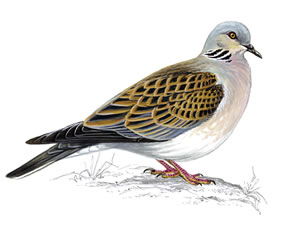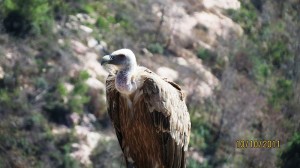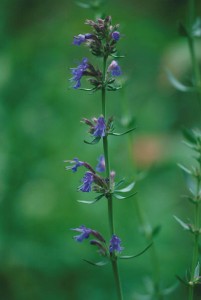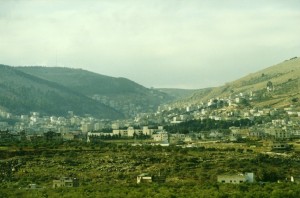As part of a new set of tours that I am creating I recently lead some educational birding sessions at the JAIS Summer Camp.
We saw some fantastic birds, featuring the Syrian Woodpecker, the Palestine Sunbird and the Ring Necked Parakeet to name a few. Here’s the whole extended bird list:
Syrian Woodpecker
Palestine Sunbird
Ring Necked Parakeet
Spectacled Bulbul
Blackbird
Palm dove
Rock Dove (Pigeon)
Sparrow
Hooded crow
I was very impressed with the standard of observation from the campers who could spot birds with their bare eyes that I couldn’t see with my binoculars. The whole day just goes to show the fantastic variety of birds you can see in my backyard right here in Jerusalem.
I am currently working on some tours that will involve some of the more unknown parts of Jerusalem wildlife. Watch this space!

